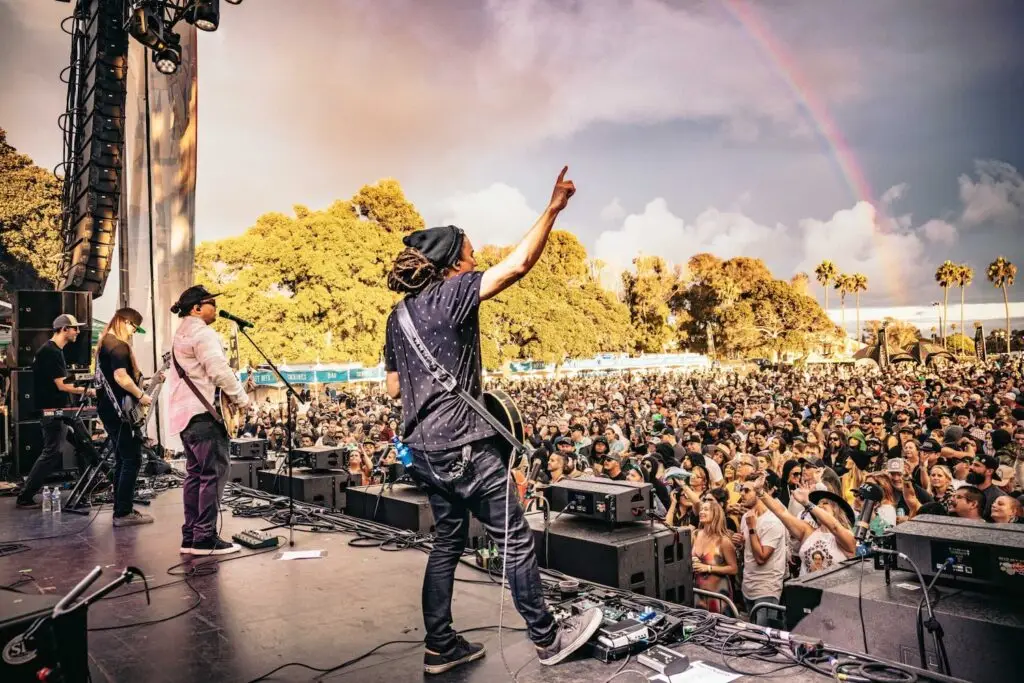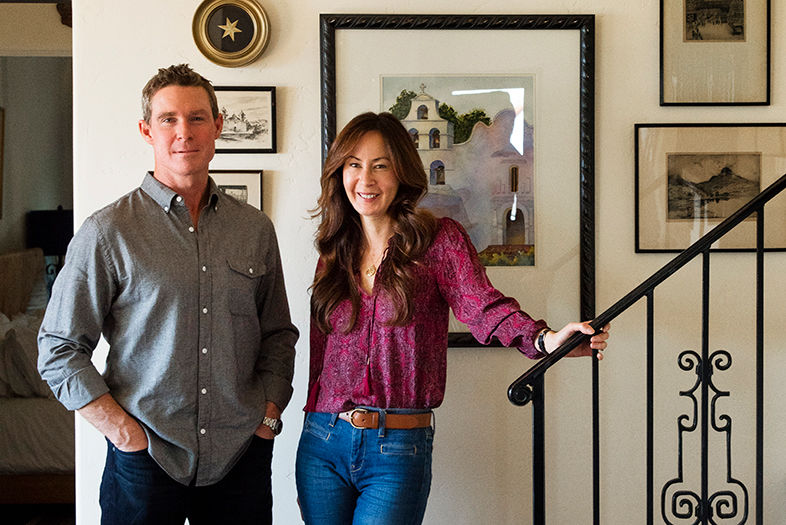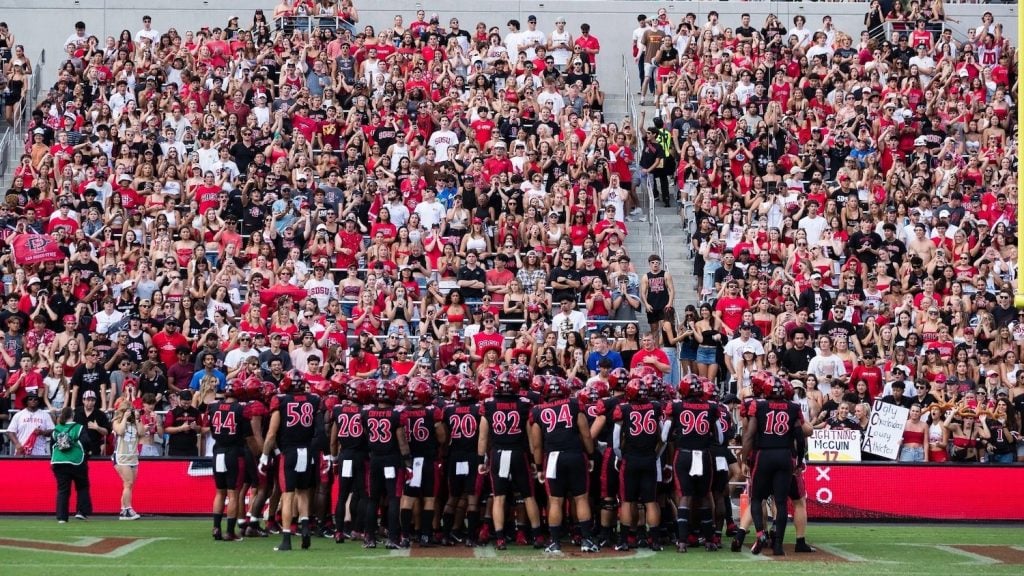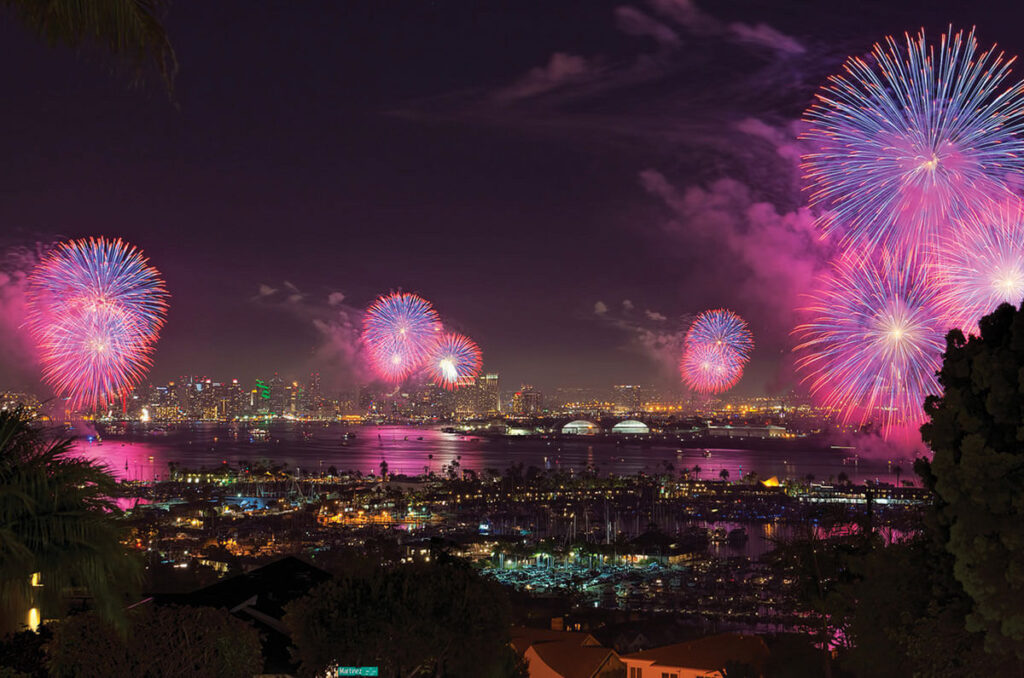“I love coffee, but I’d get migraines and nausea,” says Geraldine Ridaura, owner of North Park’s new Holy Matcha café. “My mom said I should try matcha—and I took it a million steps further.”
Those steps led her to open the city’s first matcha café, with everything from the traditional tea to modern spins like a matcha latte. The tea dates back to 12th-century China, when monks would make it as a form of meditation. It’s rich in antioxidants and the metabolism-boosting polyphenol ECGC, and is known for boosting energy without causing jitters.
After seeing the drink take off in New York, Los Angeles, and San Francisco, Ridaura saw a need in San Diego. “Matcha is all about scent, taste, and sight,” she says. “I wanted to show people what matcha is and how it’s traditionally prepared.”
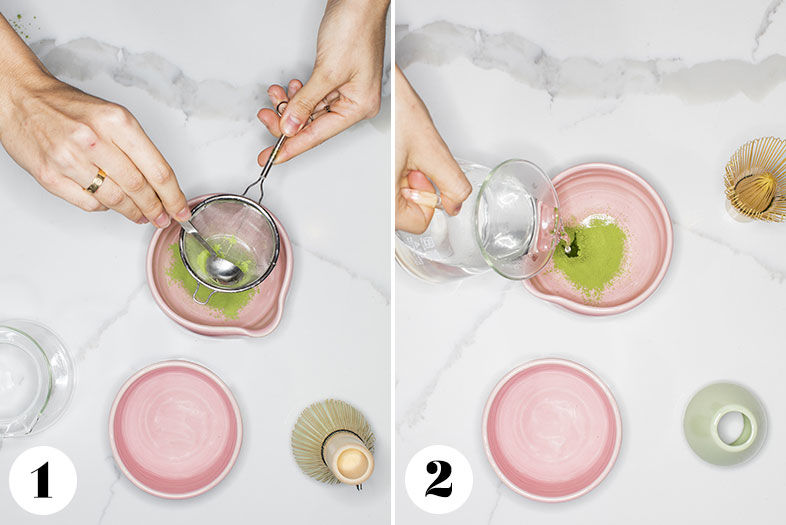
San Diego’s First Matcha Café Debuts in North Park
STEP 1: The tea starts with a scoop of dried ground tea leaves, sourced from Kyoto, Japan. Though the leaves are already powdered, sifting ensures a more velvety texture for sipping.
STEP 2: Next, she pours hot water over the sifted powder to get a paste-like consistency. Traditionally, the water should be between 178 and 182 degrees. “I like it at 186, because it gets cold quickly,” she says.
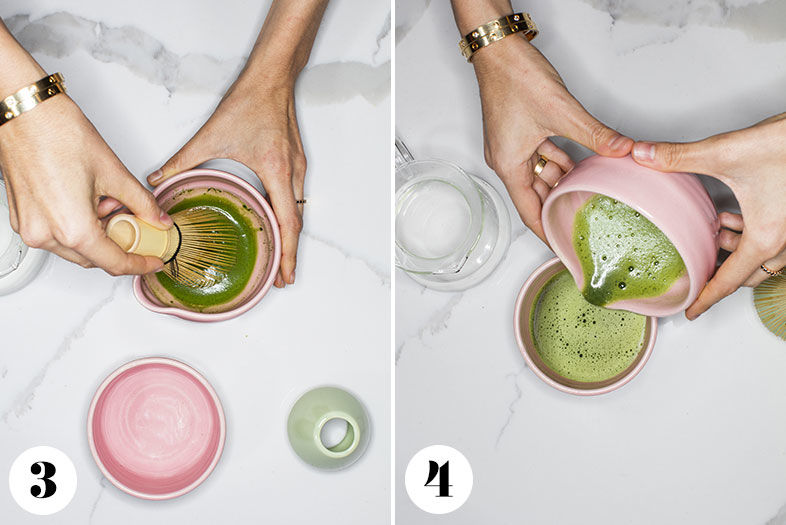
San Diego’s First Matcha Café Debuts in North Park
STEP 3: She then quickly whisks the mixture in the shape of the letter N—never a circle—with a bamboo whisk. “The compounds won’t activate the same way if you do it in a circular motion. I asked in Japan, and they said, ‘Always N shape!’”
STEP 4: Now the mixture, Holy Matcha’s ceremonial matcha tea, is ready for pouring and drinking. Ridaura describes it as “smooth with sweet tones,” while her premium blend is a bit more earthy. “With premium, you can really taste the green tea.”
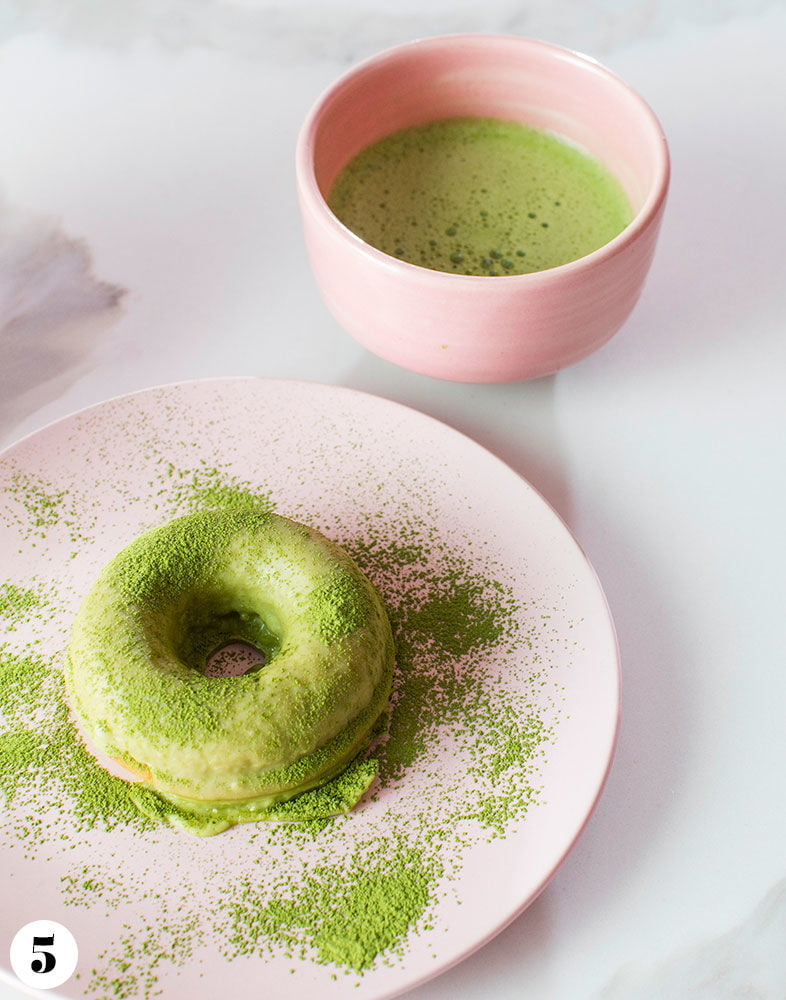
San Diego’s First Matcha Café Debuts in North Park
STEP 5: Ridaura collaborated with Coronado’s Gluten Free Pantry on a selection of baked treats for the café, including pound cake and donuts, both of which are infused—and for the donuts, topped—with matcha powder.
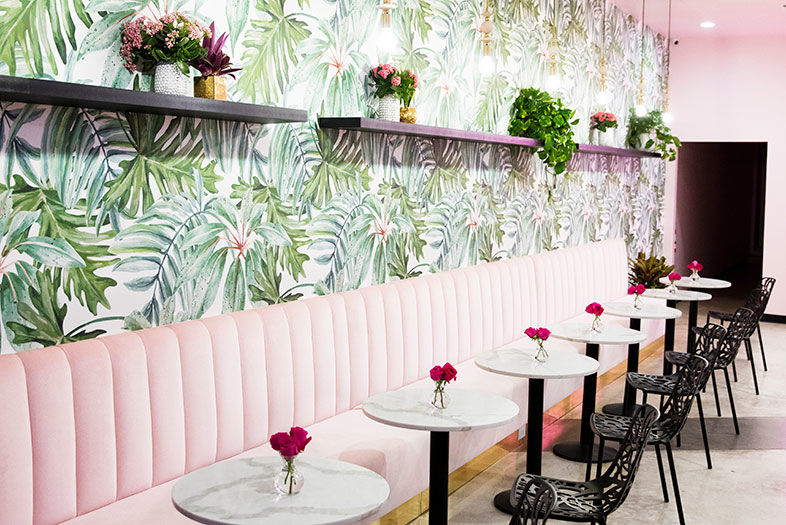
San Diego’s First Matcha Café Debuts in North Park
PARTNER CONTENT
Ridaura worked with San Francisco–based design shop Homework on the pink-and-green interior, and studied Pantone shades to find the perfect matcha-green hue.
